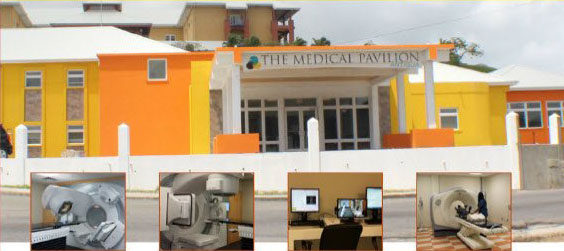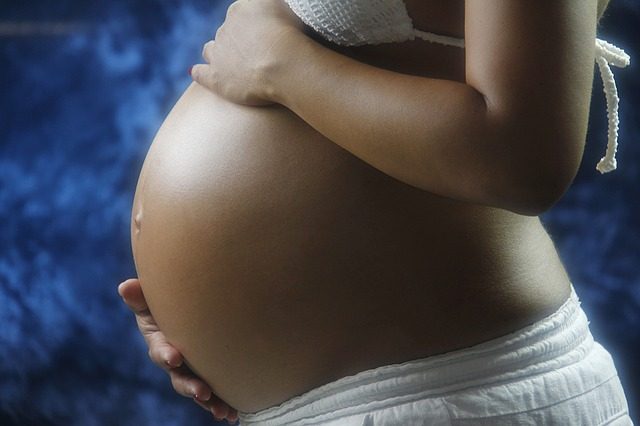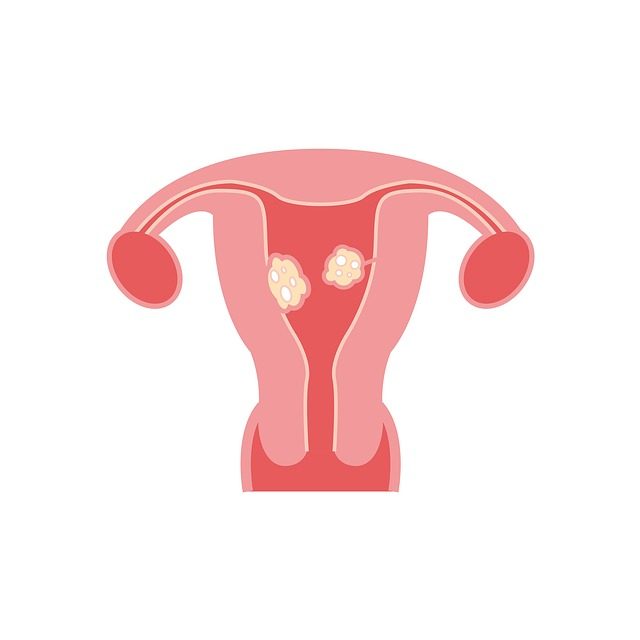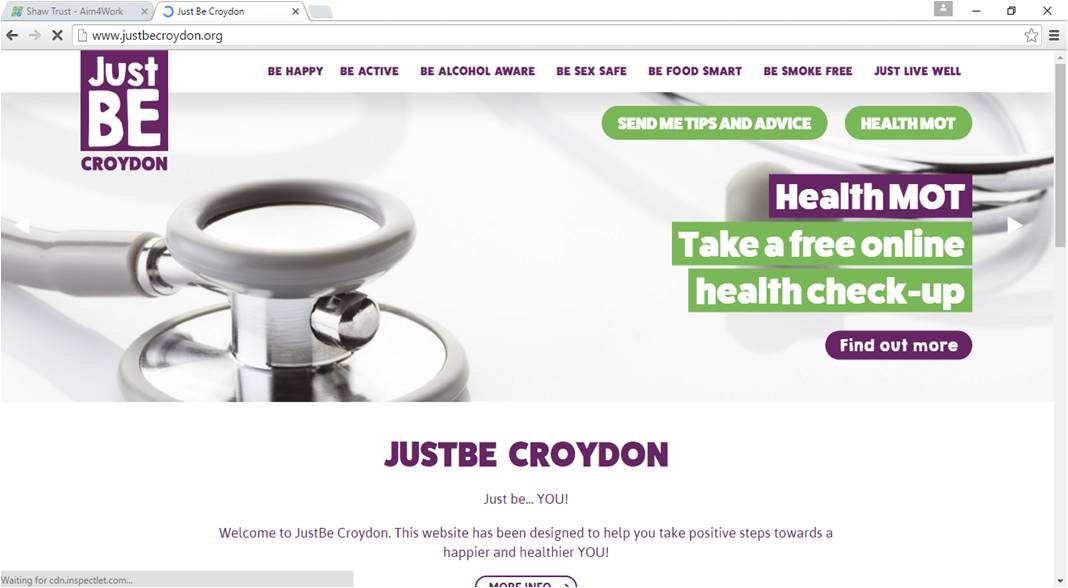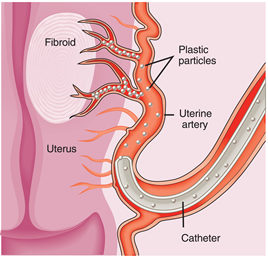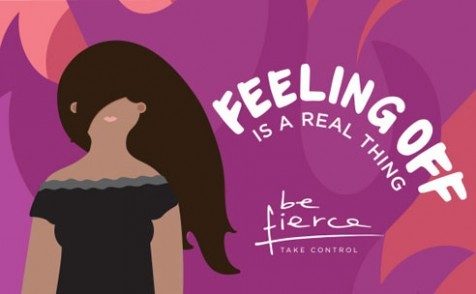The Cancer Centre Eastern Caribbean
The Cancer Centre Eastern Caribbean was launched in July 2015 as part of the Organisation of Eastern Caribbean States’ mandate for its residents. The centre is based in Antigua, is the first of its kind in the Caribbean and aims to provide the highest quality of care to its patients. It is equipped with state-of-the-art technology and facilities and the care delivered is based on the Partnered Care Model where the delivery of healthcare involves the private sector, public sector and the general public, making treatment affordable to patients.
Their Services
The centre offers its patients the following services:
Medical Concierge Service – patients will be arriving from a number of Eastern Caribbean countries and having to travel for treatment can be a daunting and draining experience for patients. To ease the burden of travel the centre has set up a medical concierge service. Upon arrival in Antigua patients will be met by a member of the centre’s concierge team. They will be assisted with their luggage and transported to their guest house and transportation can be arranged to take patients to and from their appointments at the centre.
Treatment Consultations – all patients will have a professional and comprehensive consultation with an oncologist. At this appointment the patient’s test results and medical records will be reviewed and a treatment plan developed, any additional tests that are required will be done in-house at the centre.
Chemotherapy – a wide range of chemotherapy is available and the highest standards of delivery can be expected from the centre.
Radiotherapy – External beam radiation therapy is also available using state-of-the-art equipment.
Who can access the centre?
The cancer centre serves all residents of the OECS member states as well as patients from outside the OECS. They see insured patients, private patients and government sponsored patients.
More Information
For more information about the centre please contact them using the details below:
The Cancer Centre Easter Caribbean
The Medical Pavilion Antigua
Michael’s Mount
Queen Elizabeth Highway
P.O. Box W599
St John’s, Antigua, W.I.
Tel: 1-268-460-6000
Fax: 1-268-460-6000
Email: info@TMP-Antigua.com
Website: http://www.thecancercentreeasterncaribbean.com







